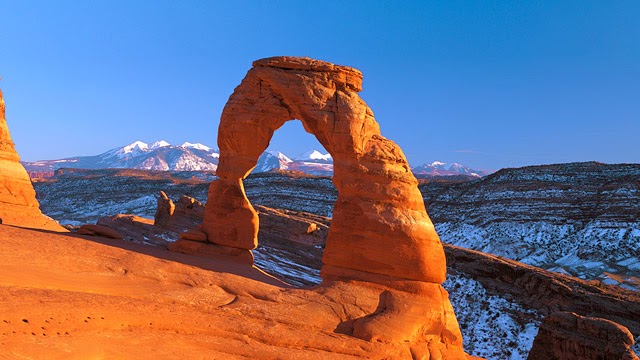canyon walls and dramatic sandstone cliffs. Often referred to as
sand castles crowning desert canyons, the geological features of
this park are remarkable to say the least and will simply take your
breath away.
Zion National Park is positioned near the small community of
Springdale, an old agricultural town that has been transformed
into an ideal base for travelers to the National Park.
There are a total of nine known geologic formations within the
park and these are collectively known as the Grand Staircase.
These are also part of the sedimentary rock layers that form
sections of the Bryce Canyon National Park and the Grand
Canyon.
These geological structures combine to make a park that inspires awe and may make you never
wish to leave.

















